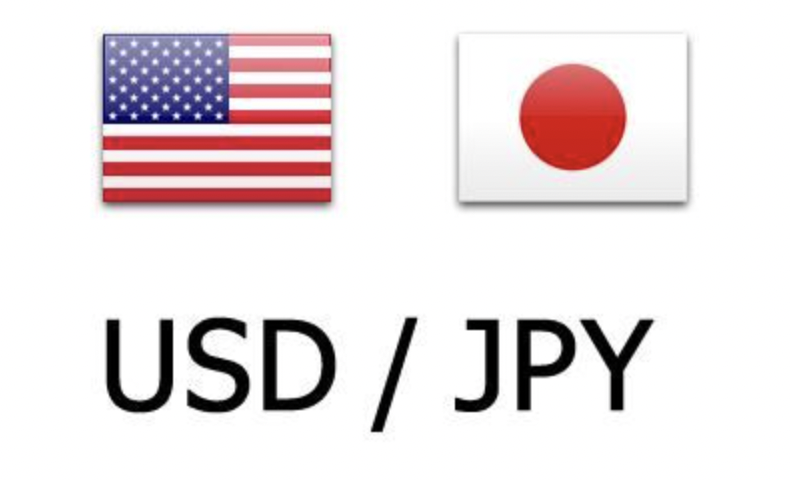
Alina Haynes
Mar 01, 2023 11:53

The AUD/NZD pair has been heavily offered by market players after the Australian Consumer Price Index (CPI) data for the prior month experienced a sharp drop. Additional rate increases are anticipated even though RBA Governor Philip Lowe already increased the Official Cash Rate (OCR) to 3.25 percent in an effort to curb sticky inflation. This is because it would be imprudent to proclaim success in the struggle against rising price pressures.
Other than the Aussie inflation statistics, the Q4 Gross Domestic Product (GDP) estimates came in below expectations. The Australian Bureau of Statistics published a decrease in GDP (Q4) data from the consensus estimate of 0.8% and the Q3 number of 0.6% to 0.5%. When annualized, the Economy has met forecasts at 2.7%.
The New Zealand Dollar and the Australian Dollar will continue to trade despite the release of the Caixin Manufacturing PMI data. IHS Markit is expected to show an increase in economic data to 50.2 from 49.2 in the prior release.
While the consensus forecast called for a 1.5% rise, this week's New Zealand Retail Sales (Q4) figures showed a 0.6% decline. Future inflation in New Zealand is likely to be moderated by a decline in household demand because businesses will be compelled to give products and services at reduced rates to maintain present demand levels.


Mar 02, 2023 16:07